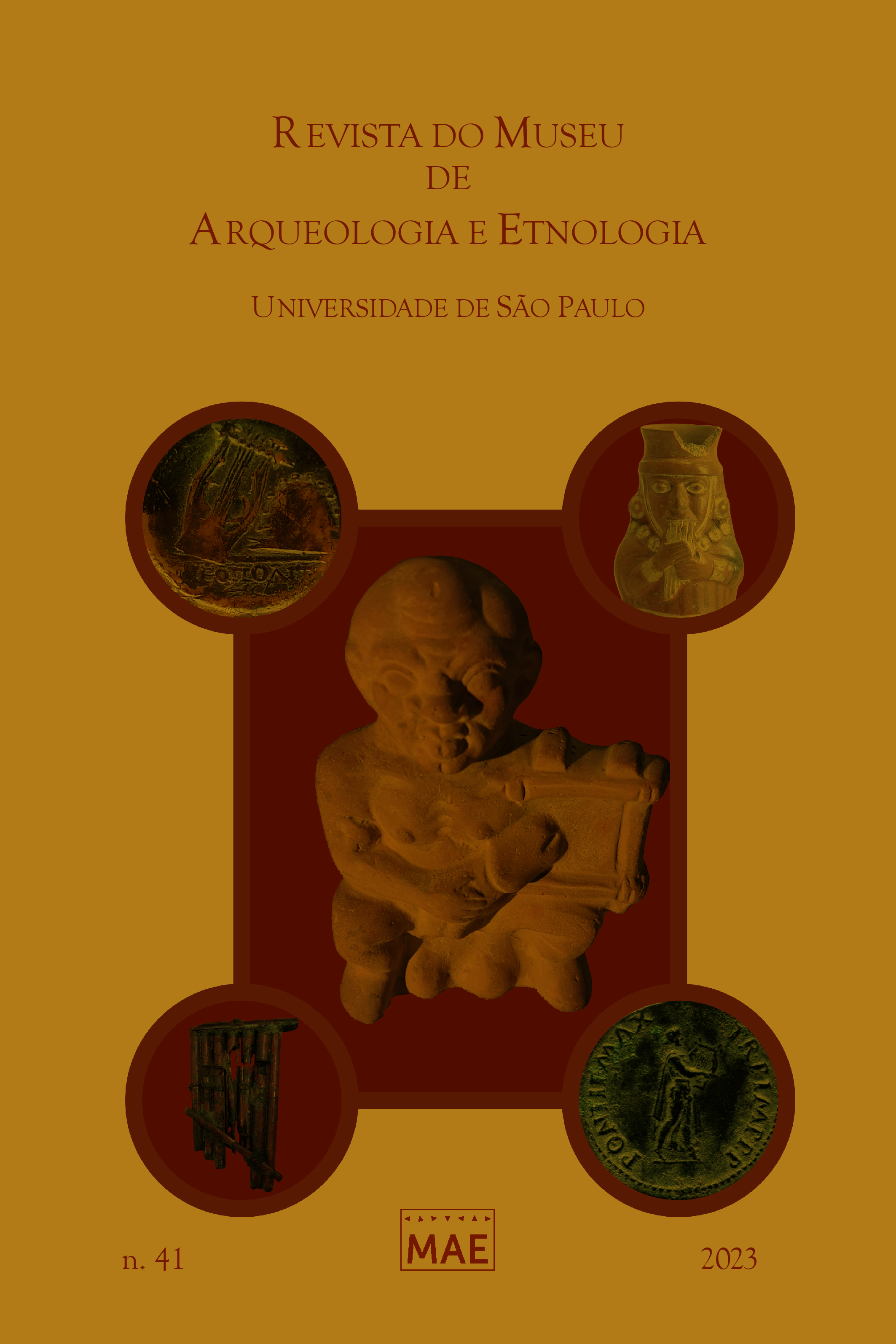No. 41 (2023): Dossier "Studies in Music Archaeology: Themes, Sources, and Approaches"

Inquiries about the role of music in ancient civilizations over the past 30 years, particularly within the field of archaeology, lead to the emergence a new discipline known as ‘Archaeomusicology’ or ‘Archaeology of Music,’ which is connected to various central aspects of ancient societies. Studies in this field have been growing, spanning different periods and regions, highlighted by the recent inclusion of sessions on the subject at important conferences and congresses. This dossier, curated by guest editors Fábio Vergara Cerqueira (full professor in History, Universidade Federal de Pelotas) and Daniela La Chioma (Ph.D. in Archaeology - MAE/USP), emphasizes the need for more attention to archaeomusical studies in Brazil, showcasing contributions from Brazilian and international researchers who have played fundamental roles in the field. It covers diverse perspectives, such as studies related to the Iconography of Music on archaeological supports, investigations about realia (partially or entirely preserved ancient musical instruments), including contextualized archaeological findings and decontextualized pieces in museum collections. Additionally, it includes studies of experimental archaeomusicology that recreate ancient instruments, exploring the intersection with Digital Humanities, such as 3D reconstructions of ancient sound instruments and archaeoacoustic studies of remaining architectural structures, like theaters, using advanced technologies. Finally, it incorporates ethnoarchaeological and ethnomusicological studies focused on music-related objects.
Cover images, acknowledgments, credits, and description:
1. Bronze coin. A) Head of Apollo. B) Lyre and omphalos. Naples, Museo Archeologico Nazionale, inv. S 1273. Provenance: Naples. c. 250-200 BCE. Photo by Fabio Vergara Cerqueira, 2022.
2. Ceramic jar in the shape of a musician playing antara (Pan flute). Mochica Culture. Lima, Museo Larco, inv. ML002215.
3. Syrinx. 1st-5th century CE. Mannheim, Reiss-Engelhorn-Museen, Ag. 12. REM, Mannheim. Photo by Lukas Bohnenkamper, 2023.
4. Terracotta figurine, from Fayum, Egypt. 2nd century CE. Hamburg, Kunst und Gewerbe Museum, inv. 1989.1437. Photo by Fabio Vergara Cerqueira, 2023. We thank curator Dr. Frank Hildebrandt.
5. Roman imperial coin, copper alloy. Provenance: Rome (city). 62 CE. London, British Museum, R.999. A - Head of Nero. B - Nero as Apollo citharoedus. Nero plays the lyre type "Lyre of Tamyris." © Trustees of the British Museum. Available at: https://www.britishmuseum.org/collection/object/C_R-99992.












